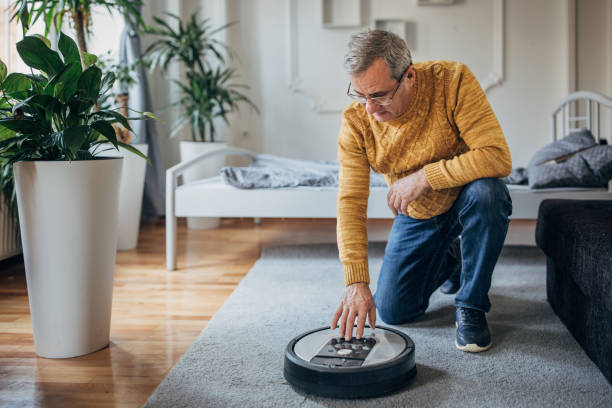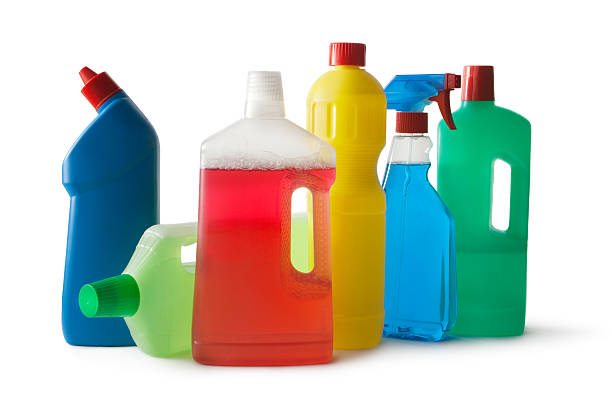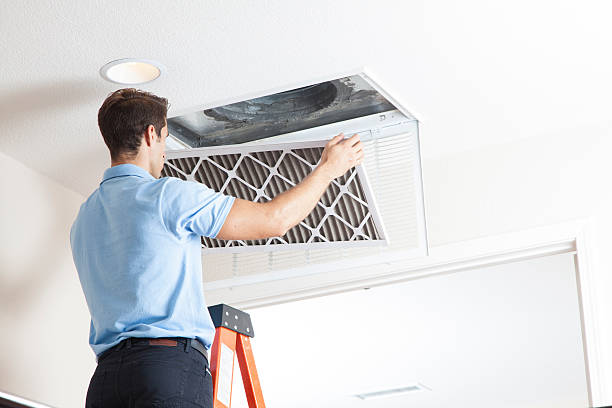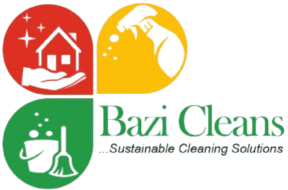Living with allergies can be challenging, especially when your home is filled with common allergy triggers like dust, pet dander, mold, and pollen. For allergy sufferers, maintaining a clean home isn’t just about tidiness—it’s about reducing allergens to create a healthier, more comfortable environment. A well-structured cleaning routine can help minimize exposure to allergy-causing particles and improve indoor air quality.
Here’s a comprehensive, allergy-friendly cleaning guide with 10 essential tips to help you maintain an allergy-free home while reducing symptoms and flare-ups.
1. Invest in a HEPA Vacuum Cleaner to Eliminate Allergy Triggers
Regular vacuuming is crucial for allergy sufferers, but not all vacuums are created equal. Traditional vacuums often expel fine dust particles back into the air, worsening allergy symptoms. Instead, use a HEPA (High-Efficiency Particulate Air) filter vacuum cleaner, which traps small allergens like dust mites, pollen, and pet dander.

How Often Should You Vacuum for Allergy Relief?
- Daily: If you have pets or severe allergies, vacuum carpets, rugs, and upholstery every day.
- Every 2-3 Days: For mild allergy sufferers, vacuuming every two to three days is effective.
- Weekly: Vacuuming once a week in low-traffic areas can help control allergy triggers.
Vacuum not just floors but also curtains, furniture, and mattresses to eliminate hidden allergens.
2. Wash Bedding in Hot Water Weekly to Combat Allergy Symptoms
Your bed can be a haven for dust mites, a leading cause of allergy flare-ups. Washing your sheets, pillowcases, and blankets in hot water (130°F or higher) every week kills dust mites and removes other allergens.
Extra Tips for an Allergy-Free Bedroom:
- Use a hypoallergenic mattress and pillow covers to prevent allergen buildup.
- Replace pillows every 6-12 months to reduce allergy exposure.
- Wash stuffed animals and pet bedding regularly to remove allergy-causing dust.
3. Declutter to Minimize Dust and Other Allergens
Clutter acts as a magnet for dust, pet dander, and other airborne allergens. To maintain an allergy-free home, minimize decorative items that collect dust, such as books, stuffed animals, and knickknacks. Store frequently used items in closed cabinets or plastic bins instead of open shelves to reduce allergy risks.
Decluttering Tips for Allergy Sufferers:
- Keep floors clear to make vacuuming easier and more effective.
- Donate or discard unnecessary items to eliminate dust accumulation.
- Avoid fabric-heavy decorations like drapes and upholstered furniture, which harbor allergens.
4. Choose Allergy-Friendly Flooring Over Carpets
Carpets trap allergens like dust, pollen, and pet hair. If possible, replace carpets with hardwood, tile, or laminate flooring, which are easier to clean and don’t harbor allergens.
What If You Can’t Remove Carpets?
- Use a HEPA vacuum frequently to reduce allergens.
- Steam clean carpets every 3-6 months to eliminate embedded allergens.
- Place washable rugs in high-traffic areas for easier allergy control.
5. Control Humidity Levels to Prevent Mold Allergies
Mold is a major trigger for indoor allergies. It thrives in damp environments such as bathrooms, basements, and kitchens. Keeping humidity below 50% helps prevent mold growth and reduces allergy symptoms.
How to Reduce Indoor Humidity:
- Use a dehumidifier in damp areas.
- Run exhaust fans in bathrooms and kitchens to reduce moisture.
- Fix leaks and water damage immediately to prevent mold-related allergy flare-ups.
6. Use Fragrance-Free and Hypoallergenic Cleaning Products
Many cleaning products contain harsh chemicals and artificial fragrances that can trigger allergy symptoms. Opt for fragrance-free, hypoallergenic, or natural cleaning solutions like vinegar, baking soda, and castile soap to avoid respiratory irritation.

Best Allergy-Safe Cleaning Products:
- Hypoallergenic laundry detergents without dyes or perfumes.
- Microfiber cloths that trap dust instead of spreading it.
- Non-toxic disinfectants like hydrogen peroxide or alcohol-based sprays.
7. Keep Windows Closed During Allergy Season
Seasonal allergies can make indoor living miserable if pollen enters your home. Keep windows and doors closed, especially on high-pollen days. Instead, use an air purifier with a HEPA filter to trap airborne allergens and improve indoor air quality.
Other Allergy-Reducing Tips:
- Change HVAC filters every 2-3 months.
- Install window screens that filter out pollen.
- Keep air vents and ducts clean to prevent dust circulation.
8. Dust Smartly Using a Damp Microfiber Cloth
Dry dusting stirs up allergens, worsening allergy symptoms. Instead, use a damp microfiber cloth that traps dust without releasing it into the air.
Dusting Tips for Allergy Relief:
- Start from the top (shelves, ceiling fans) and work your way down.
- Dust twice a week to prevent buildup.
- Wash microfiber cloths frequently to avoid spreading allergens.
9. Clean Air Vents and Filters Regularly to Improve Indoor Air Quality
HVAC systems can spread allergens throughout your home. Cleaning air vents and replacing filters regularly can help maintain an allergy-free environment.

How to Reduce Allergens in Your Air System:
- Replace air filters every 2-3 months.
- Clean air vents monthly to prevent dust buildup.
- Use HEPA-rated or electrostatic filters for maximum allergy control.
10. Keep Pets and Their Bedding Clean to Reduce Allergy Exposure
Pet dander is a common allergy trigger. To keep your home allergy-free while living with pets:
- Bathe and brush pets regularly.
- Wash pet bedding weekly to remove allergens.
- Keep pets out of bedrooms to reduce allergy exposure.
Final Thoughts: Maintaining an Allergy-Free Home
A clean home is essential for allergy sufferers, but it doesn’t have to be overwhelming. By incorporating these 10 allergy-friendly cleaning habits, you can significantly reduce allergens, improve air quality, and create a healthier living space.
Key Takeaways for Allergy Relief:
✅ Vacuum with a HEPA filter regularly. ✅ Wash bedding in hot water weekly. ✅ Control humidity to prevent mold allergies. ✅ Use fragrance-free and hypoallergenic cleaners. ✅ Keep windows closed during pollen-heavy seasons. ✅ Declutter to reduce dust accumulation.
By staying consistent with these allergy-safe cleaning practices, you can enjoy a cleaner, fresher, and healthier home with fewer allergy symptoms.
